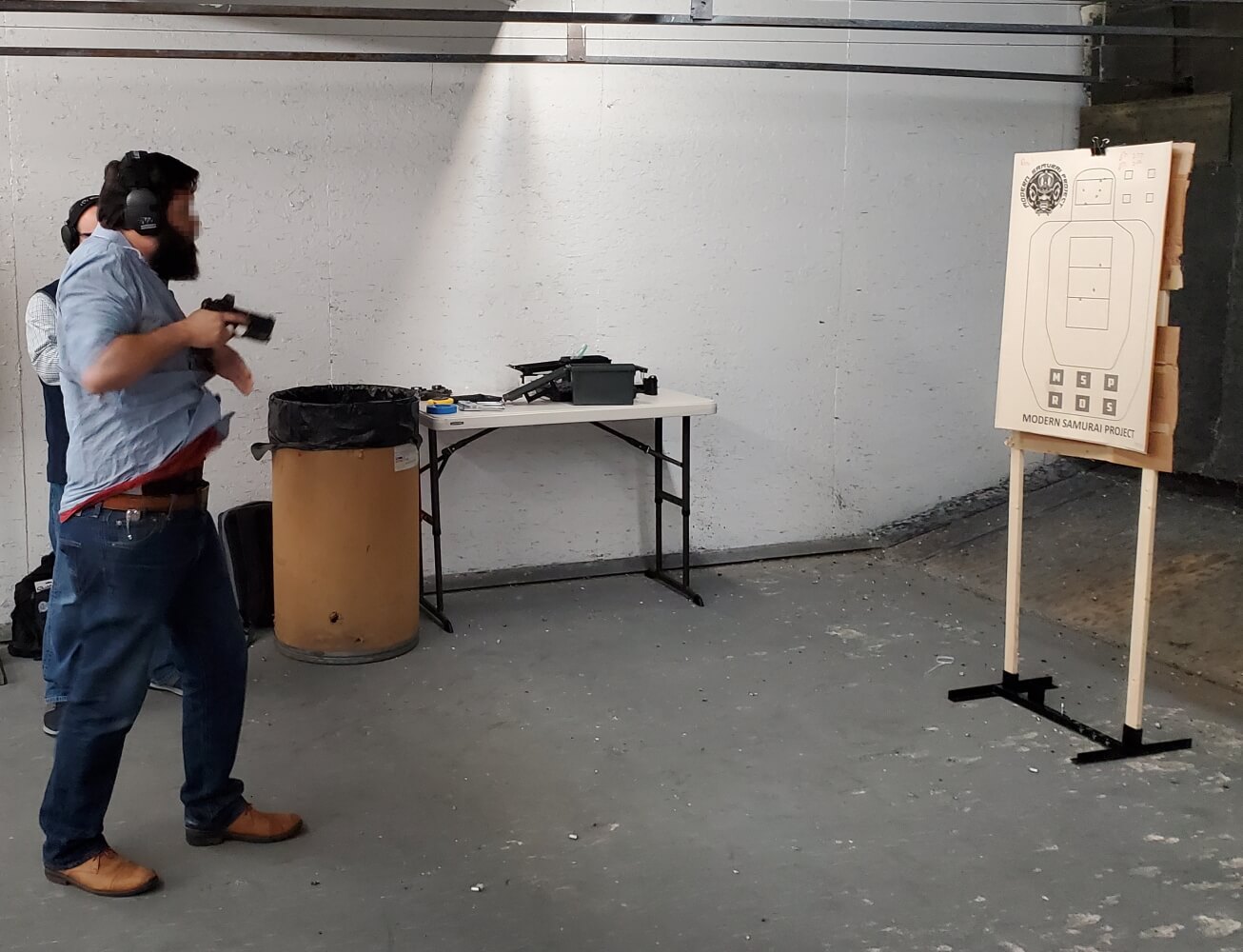I’ve got my CCL – Now What? Next Steps for Concealed Carry
One of the most common questions I get is what to do once you have your concealed carry permit. Students who have taken a concealed carry class or friends who have just gotten their permit in the mail inevitably ask: Now what? What are my next steps for Concealed Carry? While different people may have different specific needs, I’ve found an a few pieces of universal advice hold for almost everyone: First, you need to actually carry. Second, you should be regularly dry firing. Third, it’s a great idea to take a live fire class to get used to drawing from a holster and shooting quickly.
You’ve got Your Permit? Great! Start Carrying
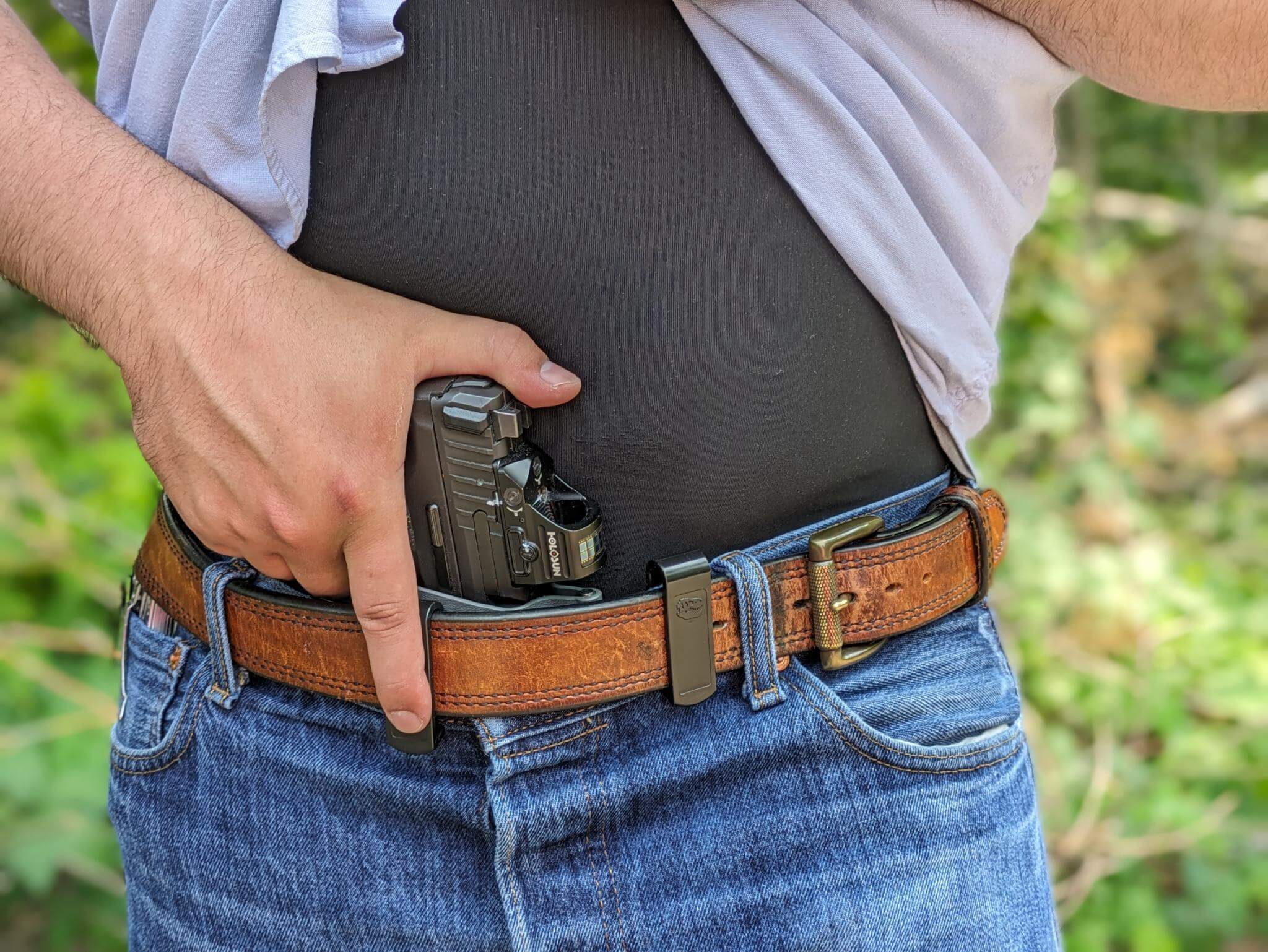
This might seem a bit obvious but the first step is to actually start carrying. You’d be surprised how many people sign up for a CCL class, spend 16 hours training, pass the qualification, pay the state of Illinois $150, and then wait four to six months to then not carry a gun. There are a variety of reasons people with Concealed Carry permits don’t carry, but it’s the most important first step once you get your permit. The only way to get comfortable carrying is to actually carry regularly. Doing so will help you overcome the fear of carrying, will help you figure out if your carry setup and gun are the right fit for you, and will give you important feedback about what you may need to do differently to effectively carry every day.
Carry to work. Carry to the store. Carry around the house. Carry to Church. Carry literally anywhere you can. There is no way to become proficient and get comfortable carrying without actually carrying. Carrying “only when you think you will need it” or when it is convenient is a great way to never actually build the necessary skills to perform when you need to. If you don’t feel safe carrying, even after your CCL class, getting further training will be an important step to getting over that block and carrying daily.
Dry Fire is Great for Building and Keeping Skills
One of the most important next steps for concealed carry is dry firing regularly. Not everyone can get to the range frequently or shoot often enough to build the skills they need. That’s where dry fire comes in. Dry fire is a great practice technique for getting better and is free and easy to do at home. Dry running your draw, from clearing your cover garment, to establishing your grip, to marry & presentation, to pressing the trigger, can be an effective way to practice your entire draw. While you want to think about your draw as a single, efficient action, breaking the draw down to individual micro-drills can be helpful for focusing on the areas where you need to improve.
This is also an opportunity to practice safe firearms handling to ensure that when you are under stress, you perform consistently. Reholstering an unloaded gun is useful for ensuring you are safely returning the gun to its holster and practicing not violating your bodily integrity. Likewise, practicing marrying your hands with a dry gun ensures you aren’t flagging your hand, which is a dangerous mistake to make with a live gun.
Next Steps for Concealed Carry? Take a Live Fire Class
Finally, the best thing you can do once you take a CCL class? Live fire training. Building the skills to actually learn to shoot is really important for effectively carrying. While you can practice slow fire at your typical range, practice live fire drawing, shooting quickly, and managing recoil from a draw is essential to build the confidence to carry, and arms you with necessary skills to do what you need to. The skills you practice in dry fire need to be confirmed with live fire to ensure that your accuracy and recoil management is sufficient for the task and hand, and to get you used to all of the attendant experiences that come along with live fire like recoil, sound, and gas.
It also starts the process of developing the cognitive skills necessary to survive a self defense encounter. The stress and intellectual pressure of using a firearm in a self defense situation, where you have to decide whether to use deadly force, can degrade your skills and prevent you from performing when needed. Short of getting into repeated gunfights to inoculate yourself, shooting regularly is the best way to get used to that pressure. Having an excess of skill ensures that when it does degrade under stress, you have a deep reservoir to draw from. It also affords the opportunity to intentionally train skills necessary to get better at that cognitive processing.
Despite the Illinois requirement for 16 hours of training to get a CCL, the best next thing you can do once you get your CCL is to keep training and developing the skills necessary to be a competent defensive shooter.
Any gear mentioned in this post was purchased for my personal use. I have not been compensated or incentivized by any company for any product reviews, highlights, or opinions.
Recent Posts you Might Like
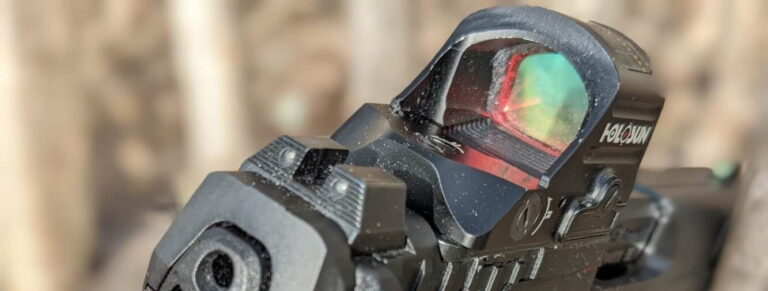
Holosun 407C X2 Review- 12K Rounds Later
*Updated February, 2024* I’ve been carrying the Holosun 407C X2 daily since 2021 and have over 12,000 rounds through it at the time of writing. Below is my experience with it over a few years and a few thousand rounds. Consider this a Holosun 407C X2 Review, just 12k+ rounds later. The vast majority of…
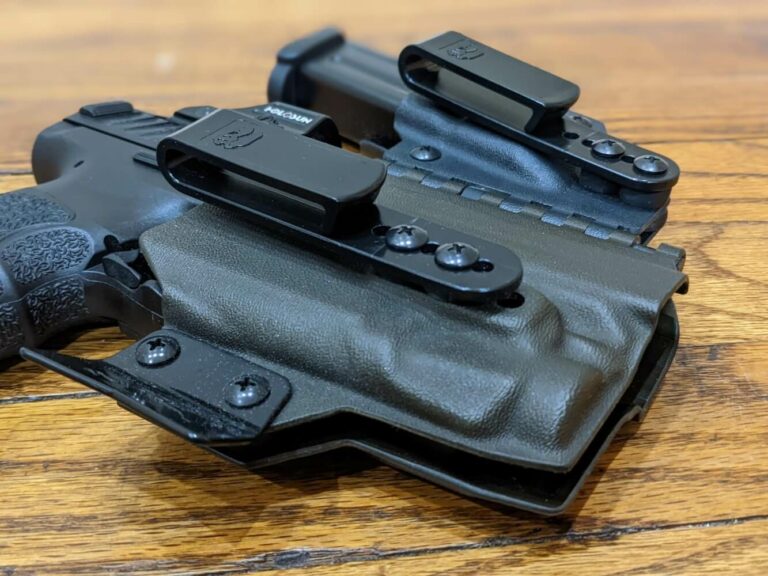
T.Rex Arms Sidecar Review
Updated 12.15.2023 with a reflection on two years of carrying. If you’ve been concealed carrying for any amount of time, you probably have a a collection of various holsters in different combinations for lights, guns, belts, sidecar setups, etc… When I saw T.Rex Arms had come up with a new Sidecar setup using a flexible…
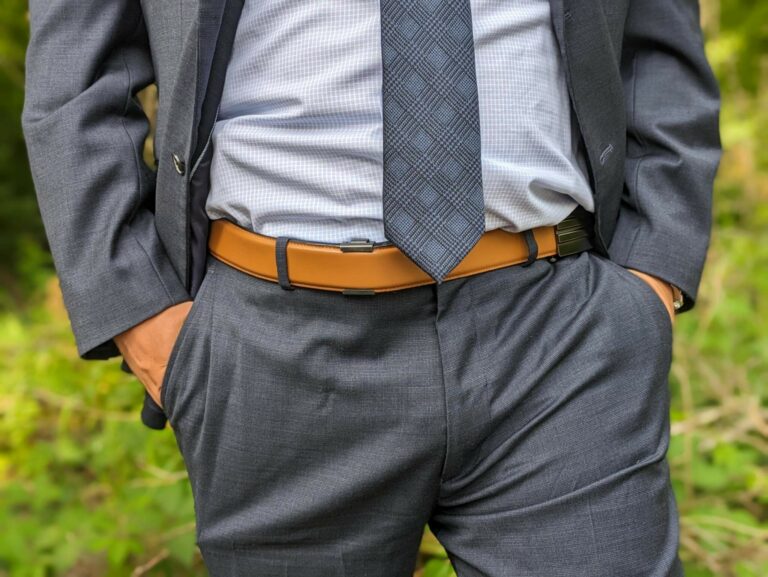
NeoMag Alias: A Great Low Vis Option
Updated December, 2023 Back in October of 2021, I picked up a NeoMag Alias, a low visibility belt clip option for concealed carry. I’d previously switched to carrying appendix a few months prior and needed something to wear with a suit that didn’t obviously show the clips. Carrying strong side on a suit was easy,…

Is Running a Red Dot on a Pistol Worth It?
Over the past year, I’ve transitioned to running a red dot on my every day carry gun (an HK VP9) and students will often ask whether its worth it to run a red dot on a pistol. One of the reasons I made the transition to a red dot is that I found it to…
